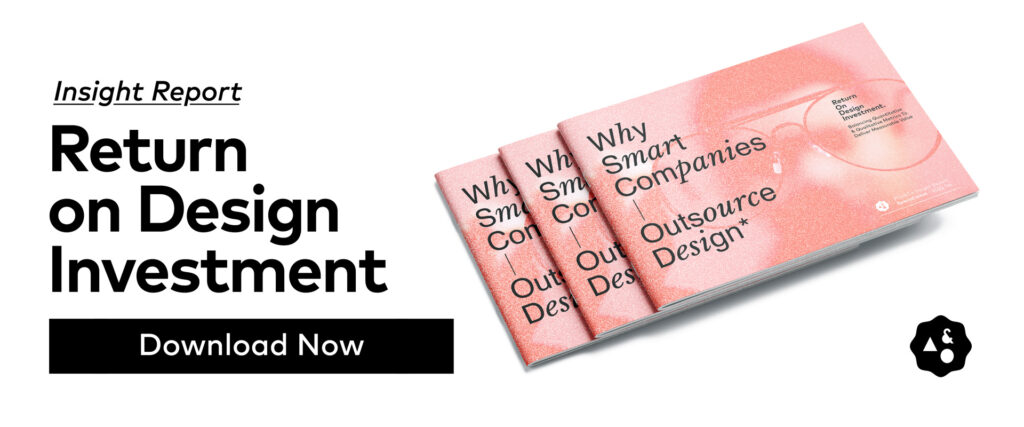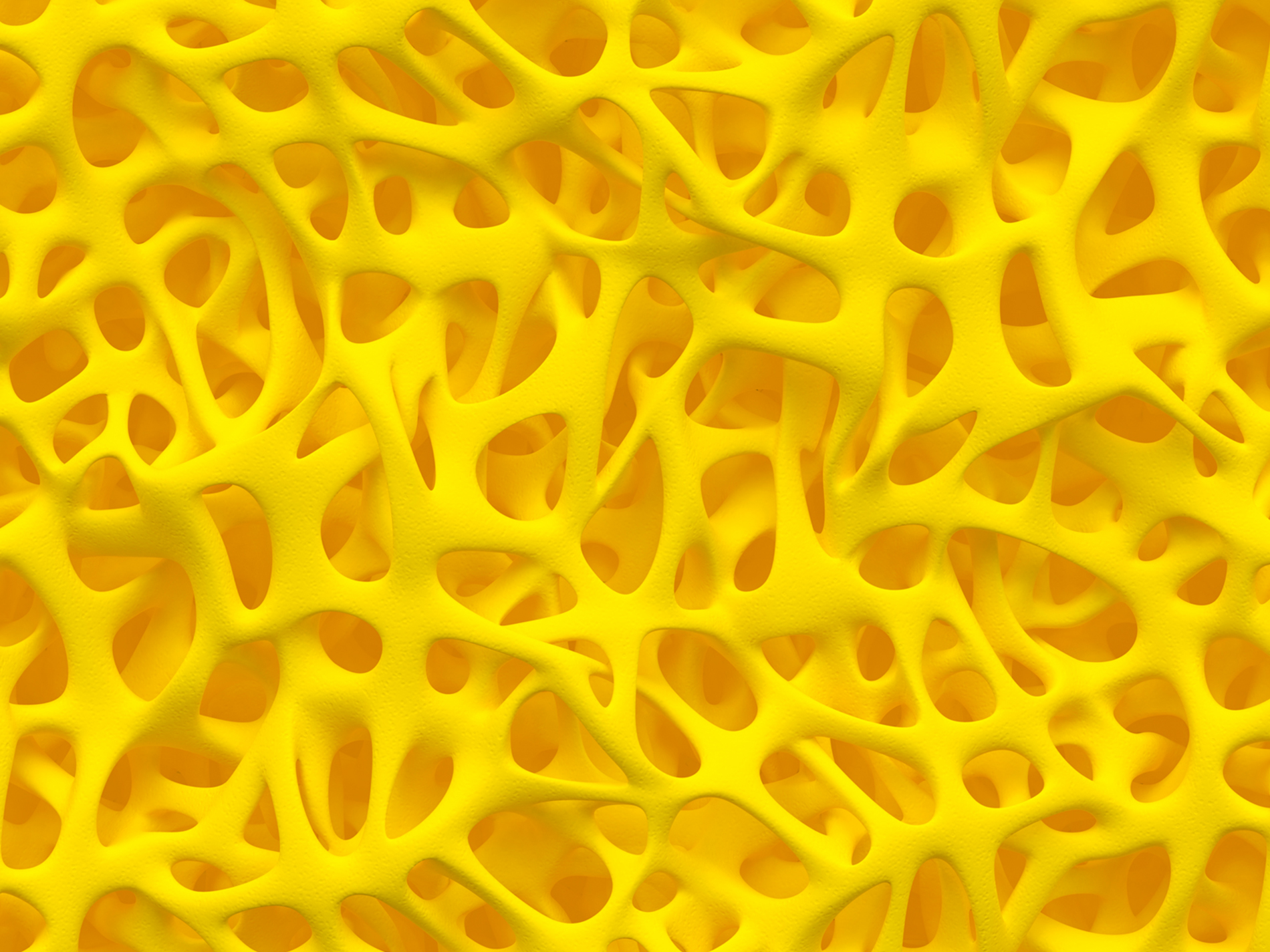Generative design revolutionizes industrial design and manufacturing through algorithmic optimization, fostering efficiency, innovation, and sustainability. It expands additive manufacturing possibilities, creating intricate structures while reducing waste. Software like Autodesk Generative Design, Grasshopper plug-in for Rhino, and CATIA Generative Design empowers designers to maximize their potential through iterative evaluation, simulation integration, and collaboration, shaping the future of industrial design.
In the world of industrial design, a revolutionary approach is transforming how products are conceived and created. Generative design, a process that utilizes advanced algorithms and computational power, has gained prominence for its ability to optimize and enhance the design process, particularly with the recent advancements in artificial intelligence.
By generating and evaluating countless design iterations, generative design empowers designers to discover solutions that are optimized for performance, material usage, and other critical factors. This article explores the significance of generative design in industrial design, its impact on manufacturing methods, and why it matters. We will delve into the benefits of generative design, software solutions that support this innovative approach, best practices, and the influence of generative design on various manufacturing methods.
Understanding Generative Design and Its Benefits
Generative design is an innovative approach that mimics the evolutionary process found in nature. By defining parameters, constraints, and goals for a product, designers allow the computer to generate and evaluate numerous design possibilities. This process unlocks design solutions that are optimized for efficiency, innovation, and sustainability.
Optimization and Efficiency
Generative design enables designers to optimize their products by finding the most efficient and effective design solutions. Through the analysis and evaluation of multiple iterations, the algorithm identifies the design that best meets the specified criteria. This optimization process leads to products that are lighter, stronger, and more resource-efficient. Industries such as aerospace, automotive, and architecture can benefit greatly from generative design, revolutionizing the way products are engineered and manufactured. Some of these optimizations include internal lattice structures, topology optimization, and trabecular structures, among others.
Innovation and Creativity
Generative design empowers designers to explore unconventional design possibilities. By leveraging computational power, designers can break free from traditional design constraints and discover innovative shapes, structures, and patterns. This approach encourages creativity and pushes the boundaries of what is possible in industrial design.
Time and Cost Savings
Generative design significantly reduces the time required for design exploration and refinement. By automating the generation and evaluation of design options, designers save valuable time and resources. Moreover, the optimization provided by generative design can lead to cost savings in material usage, manufacturing, and maintenance.
Sustainability and Environmental Impact
Generative design has the potential to contribute to sustainability efforts and reduce the environmental impact of products. By optimizing material usage and product performance, generative design promotes resource efficiency and waste reduction. It enables the creation of lightweight yet robust structures that require fewer raw materials and consume less energy during production and use.
Constantly-Evolving Tools for Design Exploration
Generative design is supported by software solutions like Autodesk Generative Design tools, the Grasshopper plug-in for Rhino, and CATIA Generative Design. Autodesk Generative Design tools offer powerful opportunities for exploring design iterations and optimizing product performance through machine learning and cloud computing integration. CATIA Generative Design by Dassault Systèmes combines generative algorithms with simulation and analysis tools, facilitating multidisciplinary collaboration and enabling the creation of optimized product designs. These software solutions enhance design exploration, optimization, and simulation in industrial design processes.
Best Practices for Generative Design
Define Clear Design Goals and Constraints
To achieve successful generative design outcomes, it is crucial to establish clear design goals and constraints up front. By defining parameters such as weight, strength, and material usage, designers can guide the generative algorithm toward generating designs that meet specific criteria.
Iterate and Evaluate Design Options
Generative design is an iterative process. Designers should explore multiple design options generated by the algorithm and evaluate their performance against the established goals and constraints. This iterative feedback loop helps refine the design and identify the most suitable solution.
Integrate Simulation and Analysis
Combining generative design with simulation and analysis tools enhances the accuracy and reliability of the design process. By simulating real-world conditions, designers can validate and optimize the generated designs, ensuring they meet performance and safety requirements.
Embrace Collaboration and Multidisciplinary Approach
Generative design often benefits from collaboration among designers, engineers, and other stakeholders. By involving multiple perspectives and expertise, the generative design process can produce more innovative and holistic solutions. Embracing a multidisciplinary approach fosters cross-functional collaboration and drives the success of generative design projects.
Generative design revolutionizes industrial design and manufacturing, driving efficiency, innovation, and sustainability. With advanced algorithms and computational analysis, designers can unleash creativity and explore new possibilities. It transforms additive and traditional manufacturing, enabling intricate, lightweight structures and streamlined assembly. Tools like Autodesk Generative Design and CATIA Generative Design empower designers to fully embrace generative design's potential, while best practices ensure optimal results. As we move forward, generative design will play a key role in shaping industrial design, fueling progress, and empowering designers to create optimized, innovative, and eco-friendly products.
Ready to get started with generative design on your next project? Get in touch with us to learn more.





